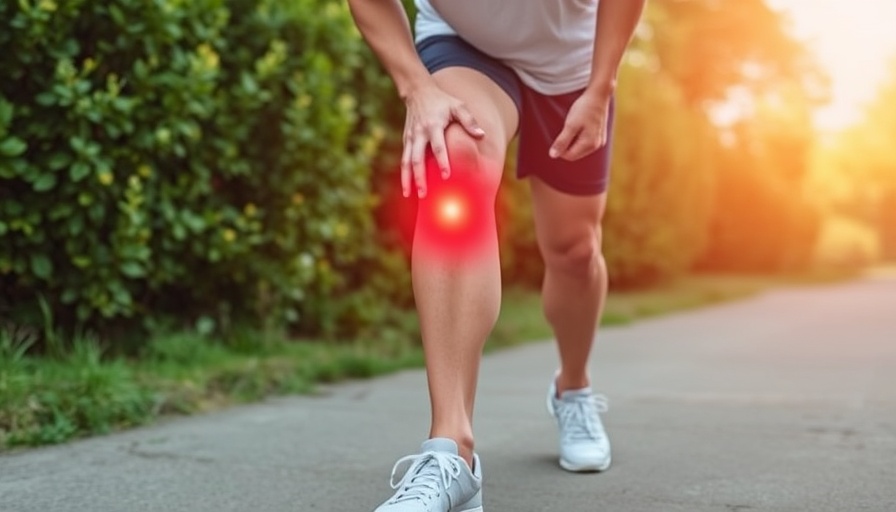
The Intersection of Hormone Therapy and Weight Loss Treatments
As scientists and medical professionals continue to explore innovative solutions for weight management, recent findings on the combination of tirzepatide, a novel obesity medication, and menopause hormone therapy, unveil exciting potential for effective weight loss treatments in women experiencing menopause. This combination not only addresses obesity but also tackles the hormonal dysregulation often seen during this transition, providing a multifaceted approach to manage weight.
Understanding Tirzepatide and Its Mechanism
Tirzepatide, a dual GLP-1 and GIP receptor agonist, has recently gained attention for its substantial effects on weight loss. Studies indicate that it can significantly reduce body weight by enhancing insulin sensitivity and promoting satiety. By mimicking the hormone GLP-1, tirzepatide slows gastric emptying and encourages weight loss in individuals with obesity.
The Role of Menopause Hormone Therapy
Menopause induces a cascade of hormonal changes that can lead to weight gain and difficulty losing weight. Hormone therapy is designed to restore hormonal balance, alleviating symptoms such as hot flashes and mood swings while offering potential metabolic benefits. Combining this therapy with tirzepatide could maximize weight loss by addressing both hormonal imbalances and appetite regulation.
Benefits and Limitations of the Combination Treatment
The prospect of using tirzepatide alongside hormone therapy is not without its advantages. According to recent studies, this combination not only accelerates weight loss but also enhances overall well-being during menopause, significantly improving quality of life. However, it's essential to consider the limitations, such as the potential side effects and the variability in individual responses to treatment.
Research Insights on the Combination Therapy
Recent clinical trials have illustrated promising results, showing that women who used tirzepatide in conjunction with hormone therapy experienced greater weight loss than those who used hormone therapy alone. These results are particularly important as they highlight the potential for a unique treatment pathway for menopausal women struggling with obesity.
The Need for Personalized Medicine
The exploration of tirzepatide in combination with hormone therapy underscores a broader trend towards personalized medicine. Tailoring treatment plans to individual hormonal profiles and health needs may lead to more effective weight management strategies, emphasizing the importance of personalized approaches in healthcare.
Future Predictions and Opportunities for Treatment
The future of weight management therapies may heavily center around combinatorial approaches like the one discussed. Integrated therapies that balance medication and hormone intervention could improve outcomes significantly. This trend reflects a shift toward innovative, multi-faceted strategies for tackling obesity, particularly in populations that face unique challenges.
Final Thoughts
As research progresses, it's crucial for individuals, particularly women experiencing menopause, to remain informed about evolving treatments. The combination of tirzepatide and menopause hormone therapy presents a hopeful frontier in addressing weight management, emphasizing the aspect of health beyond mere body weight.
Ultimately, achieving effective weight loss requires a comprehensive approach that considers individual experiences, health status, and preferences. As these treatments become more widely available, patients will benefit from enhanced support and guidance aimed at making informed choices about their health journey.
 Add Row
Add Row  Add
Add 




Write A Comment